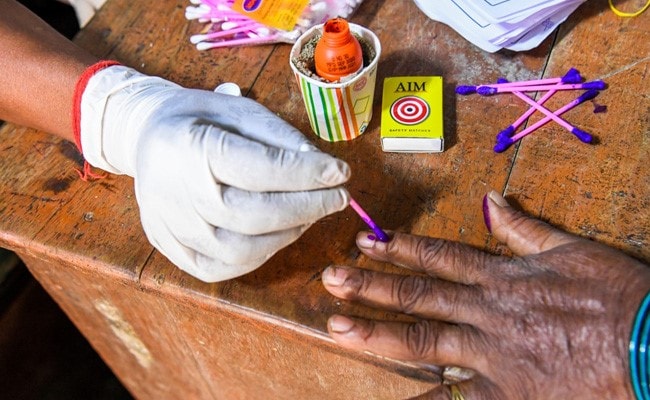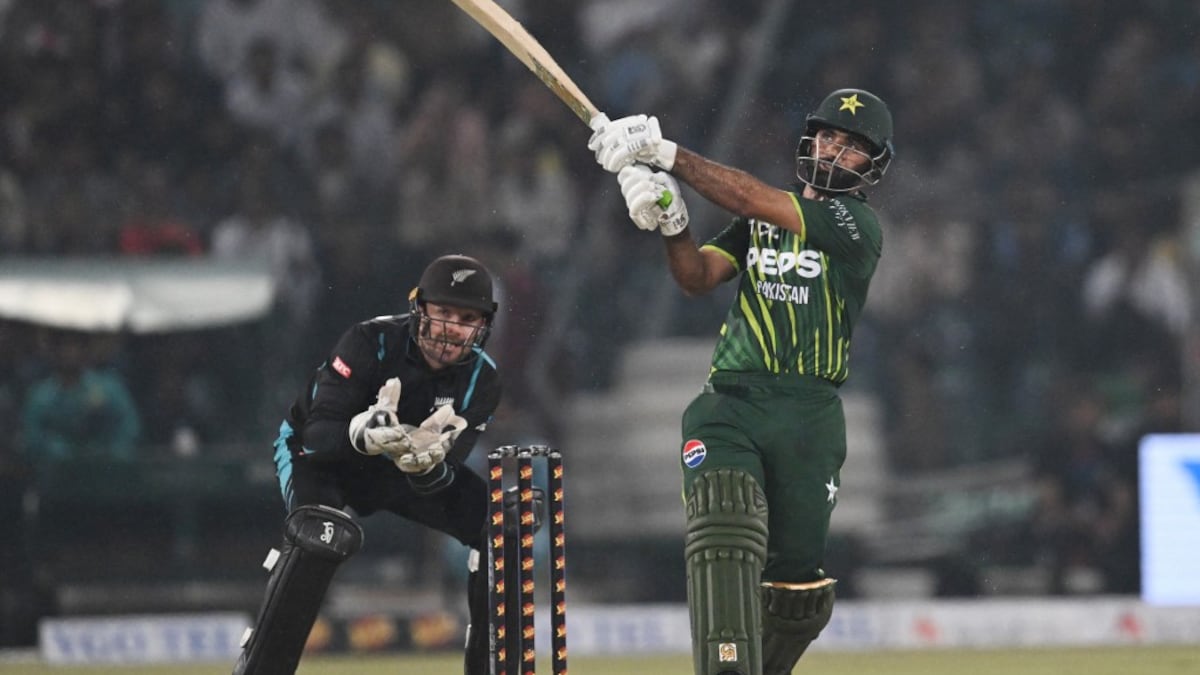
Butter chicken fight resonates as food is an identity in Delhi
Among the roll recipes of Indian cuisine, the Delhi part is particularly beloved. From crispy, gooey sweets like jalebi to tangy mutton pulao, this city is built around enjoying, sharing, defending and squabbling over food.
Lately, that enthusiasm has focused on one question: Could you trademark the world’s most famous recipe?
For weeks, two popular restaurants serving butter chicken, perhaps Delhi’s most Delhi dish, have been in court seeking clarity on the matter. The plaintiff, an old-school restaurant chain called Moti Mahal Delux, argued in 2,752 pages that its founder was the original inventor of butter chicken and therefore anyone who disagreed was infringing. The defendant, a new restaurant called Daryaganj, countered that it also had ancestral ties to another chef who claimed to own the dish.
Proceedings in the Delhi High Court will resume this month, with a major hearing scheduled for May. Managers at both restaurants submitted newspaper clippings, archival photos and food awards to support their claims. Publicity about the case has been a financial and marketing boon for the chain, evoking nostalgia for the creamy chicken dish.
“What’s at issue here is my family heritage,” said Monish Gujral, owner of Moti Mahal Delux. Gujral said his grandfather made it before the partition of India and Pakistan in the 1940s. Butter chicken. “This is a very personal thing.”
This is no small matter in Delhi, where side lanes are crowded with vendors selling a variety of spices, local tea vendors are regulars in the neighborhood, and food is etched with centuries-old culture. Many of the city’s iconic dishes have survived and evolved through generations of foreign domination and plunder. The debate over butter chicken is about branding and commerce, but it also illustrates the sacred preoccupation in India, where the origins of everything from tunday kabab to rasgulla, a sponge dumpling, have come under similar scrutiny.
Delhi’s food culture was formed in the 1600s during the reign of Mughal emperor Shah Jahan, whose royal kitchens included chefs from communities across Turkey, Iran and South Asia. Spices had practical uses at the time. Author and food historian Salma Husain said that when the local hakim, or medicine man, discovered that many people were sick due to water contamination, he recommended adding large amounts of masala, Ghee and yogurt to soothe an upset stomach.
After the British rule, Indian taste buds were introduced to new flavors. Immigrants from Punjab brought tandoori cuisine to Delhi, using large clay ovens sometimes buried underground to cook poultry, vegetables and bread. With its majestic sandstone mosques, elegant havelis and thousands of hawker stalls, Old Delhi becomes a laboratory for culinary experimentation. Chefs add heavy cream to dry Mughlai meat dishes to create a thick and flavorful curry. The breed attracts tourists from all over India.
“As a city, Delhi is a place where people’s need for food is met,” Hussain said.
Kundan Lal Gujral is one of those who returned to Delhi after the bloody Partition period. Gujral, an immigrant from Peshawar (now part of Pakistan), and his business partners opened the original Moti Mahal in the center of the capital. Gujral is said to have made butter chicken from leftover poultry. Wearing a lambskin hat and signature mustache, he has served some of the world’s most famous people, including the Shah of Iran and Jacqueline Kennedy.
In 2019, with the opening of Daryaganj, a question mark appeared on this narrative. The restaurant chain was co-founded by the grandson of Kundan Lal Jaggi, the chef and business partner of the original Moti Mahal. Daryaganj’s menu details this chronology with an illustrated timeline, noting that butter chicken was invented after a horde of hungry customers showed up one night. Judge was preparing to close the kitchen and improvised the recipe so that his guests would have enough to eat.
“The right people should be honored for what they started,” said Amit Bagga, CEO of Daryaganj. Claiming ownership of butter chicken and Moti Mahal, he said The trademarking of widely adopted foods such as Daal Makhani, another staple food, is “ridiculous”.
Today, the neighborhood where butter chicken is popular is a tribute to the food that nourishes the souls of Delhiites. In the bustling, maze-like shopping district of Chandni Chowk, there is a street dedicated to selling parathas (a type of flatbread). Every morning, dozens of people from across Delhi line up at a stall for breakfast of chole Bathure, spicy chickpeas topped with fluffy fried po’boys.
Rajeev Gupta, who conducts food tours in the region, says restaurants in Delhi are so ingrained in following postal codes that they go to great lengths to emphasize it. Take Jalebi Wala, a sweet shop in Chandni Chowk, which claims to have been opened in 1884. The signboard says “Time-honored Brand”. “We have no other branches in Delhi.”
Today, the neighborhood where butter chicken is popular is a tribute to the food that nourishes the souls of Delhiites.
Gupta said the debate over butter chicken resonates because food is an identity here, including a family’s reputation, painful memories of migration, the beginning of a new life and the joy of sharing a sumptuous meal with others. community formed. matter.
“In Delhi, it’s not just about food,” he said. “It’s about going together. People drive 80 kilometers just to eat a famous paratha. That’s everything to us.”
wait reply load…
Follow us on Google news ,Twitter , and Join Whatsapp Group of thelocalreport.in
















